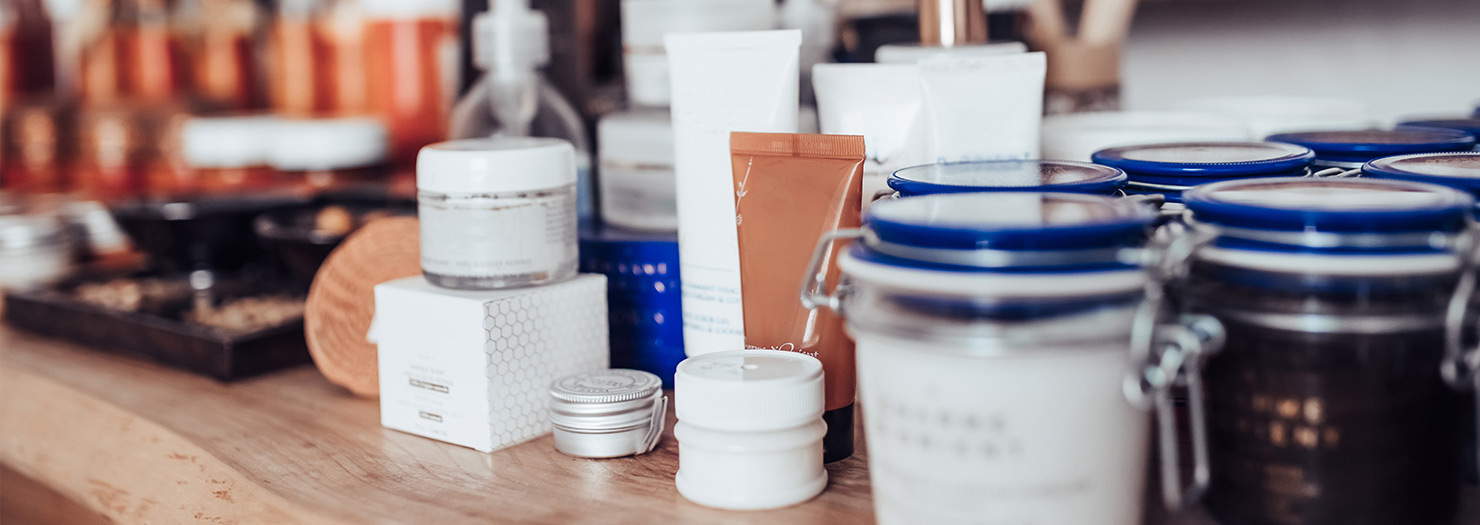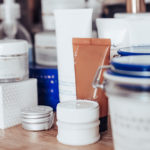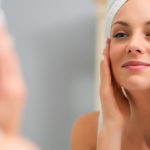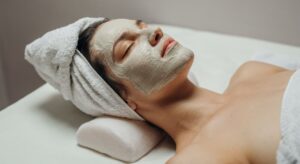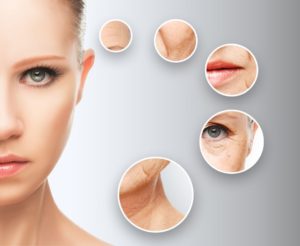While there are skin products you shouldn’t combine, either because they perform the same function or because they cancel out each other, there are also skin care product combinations that work well together and complement each other’s function.
Retinol and Hyaluronic Acid
We know the many benefits of Retinol including fighting acne, reducing wrinkles and dark spots, and helping to brighten dull skin but it can be drying to the skin. Combining Hyaluronic acid which is a humectant, counteracts the dehydrating effect of Retinol by drawing in and holding those water molecules to the surface layers of the skin. Hyaluronic acid combined with retinol works synergistically to provide both anti-aging and moisturizing benefits to the skin.
Retinol and SPF
In itself applying SPF is good since it prevents skin cancer and shields your skin against developing wrinkles and sunspots. Layering it with Retinol adds to the benefits, keeping in mind that retinol can cause photosensitivity, the protection of using a sunscreen goes a long way.
Retinol and Niacinamide
Niacinamide helps build keratin, retain moisture, reduce inflammation, minimize pore appearance, regulate oil, protect from sun damage, treat hyperpigmentation, minimize fine lines and wrinkles, protect against oxidative stress and treat acne. This form of Vitamin B3 has quite a list of skin benefits, so you can mix it with almost every ingredient except of course Vitamin C. Achieve optimal results by using this ingredient as a moisturizer.
Retinol and Ceramides
Ceramides are lipids that help form the skin’s barrier and help the skin retain moisture. They’re naturally found in skin cells and make up about 50 percent of the outer layer of skin. Acting as a barrier, it may also help protect the skin from environmental damage. Much the same with hyaluronic acid, glycerin, and niacinamide, the moisture retention property of ceramides complements the exfoliating property of retinol.
Retinol and Glycerin
Just like hyaluronic acid, glycerin is a powerful humectant. Using it together with retinol helps in preventing irritation that can result from the retinol dehydrating the skin. There are available products that have combined these 2 ingredients for maximum effect, a perfect balance of the anti-aging properties of retinol, and the moisturizing benefits of glycerin.
AHAs/BHAs and Moisturizing Ingredients & SPF
Similar to retinol, these acids can cause skin sensitivity to sunlight. Moisturizing ingredients like ceramides, glycerin, hyaluronic acid, and petrolatum hydrate and soothe the skin. Although sunscreen should be a staple in all skincare routine. Using SPF together with ingredients that cause photo sensitivity is critical, never miss layering SPF especially when using salicylic, glycolic, or lactic acid.
Vitamin C and Other Antioxidants
Vitamin E, also known as Alpha-tocopherol boosts the immune system and helps keep blood clots from forming. Vitamin C and E, both antioxidants, when used in combination can boost results and efficiency. Slipping in Vitamin A to the mix increases the mixture’s potency and becomes a powerful agent in protecting your skin from free radicals. Adding SPF to these 3 antioxidants is a great formula to shield your skin against the sun and the possible wrinkles from UV exposure.
Vitamin C and Ferulic Acid
Ferulic acid or hydroxycinnamic acid is a powerful antioxidant that neutralizes free-radical damage from pollution, UV light, or infrared radiation. It’s naturally found in the cell wall of plants including bran and certain fruit seeds where it helps to protect and preserve. It actually does that (protect and preserve) being an antioxidant, it decreases the formation of fine lines and wrinkles, brown spots, and other signs of premature aging. Combining it with Vitamin C and glutathione (another antioxidant) enhances its antioxidant properties, making this trio a very powerful skin protection armor.
Vitamin C and SPF
Vitamin C is known to reduce signs of aging, minimize redness and inflammation, and help with eliminating unwanted hyperpigmentation. These two products complement each other really well, layering sunscreen after applying a serum of Vitamin C boosts skin’s protection against UV damage.
Benzoyl Peroxide and Hyaluronic Acid
Benzoyl peroxide is a well-known ingredient for fighting acne. It works as an antiseptic to kill bacteria on the surface and underneath the skin. It also aids the pores in shedding dead skin cells and excess sebum. It does tend to cause dryness, combining it with Hyaluronic Acid would be beneficial since moisturizing ingredients buffer the dehydrating effects of benzoyl peroxide.
Benzoyl Peroxide and Topical Antibiotics
The acne-fighting power of benzoyl peroxide can be amped up by using it together with an antibiotic like clindamycin.
Benzoyl Peroxide and SPF
Just like when using other products that cause exfoliation or shedding of dead skin cells, skin tends to be more sensitive to the sun. It is best to protect the skin by applying sunscreen when using products with benzoyl peroxide.
You’re now equipped with the know-how on perfect skincare product combinations, it’s now up to you how you use it. When you’re in doubt though, it’s better to seek out a professional.
*Information in this article is not medical advice and may not be factually accurate. It is intended for entertainment purposes only. Consult with a physician before attempting any tips in this blog post and to get the most up to date factual data about any procedure or treatment.

